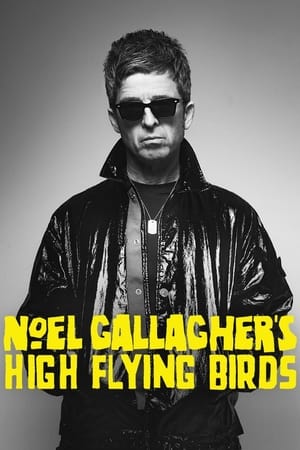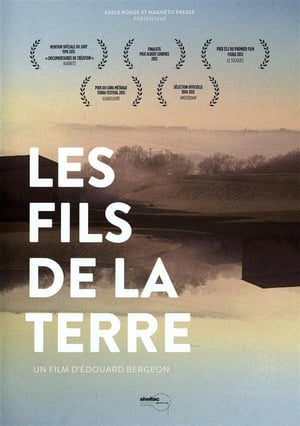
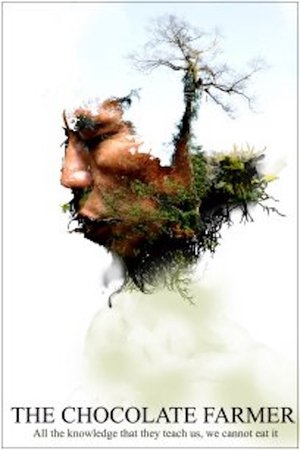
The Chocolate Farmer(2011)
All the knowledge that they teach us, we cannot eat it.
For ancient Mayans, cocoa was as good as gold. For subsistence farmer Eladio Pop, his cocoa crops are the only riches he has to support his wife and 15 children. As he wields his machete with ease, slicing a path to his cocoa trees, the small jungle plot he cultivates in southern Belize remains pristine and wild. His dreams for his children to inherit the land and the traditions of their Mayan ancestors present a familiar challenge. The kids feel their father's philosophies don't fit into a global economy, so they're charting their own course. Rohan Fernando's direction tenderly displays a generational shift, causalities of progress in modern times and a man valiantly protecting an endangered culture. Breathtaking vistas of lush rainforests contrast with the urban dystopia that pulled Pops children away from him. Will one child return to carry on a waning way of life

Movie: The Chocolate Farmer
Video Trailer The Chocolate Farmer
Recommendations Movies
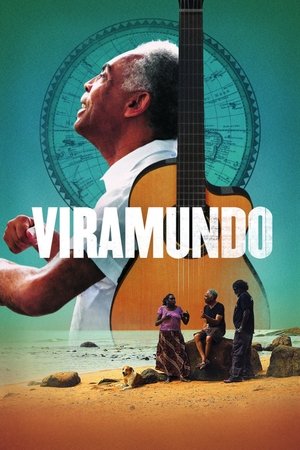 5.8
5.8Viramundo(pt)
Gilberto Gil is among Brazil's most famous musicians, having influenced an entire generation in South America and beyond. Now in his seventies, he is serving as Brazil's first black Minister of Culture. Preoccupied with many realities of the modern world, such as racism and poverty, he embarks on a tour through the southern hemisphere— from aboriginal communities in Australia and the townships of South Africa, to the Brazilian Amazon— seeking to promote the power of cultural diversity in a globalized world.
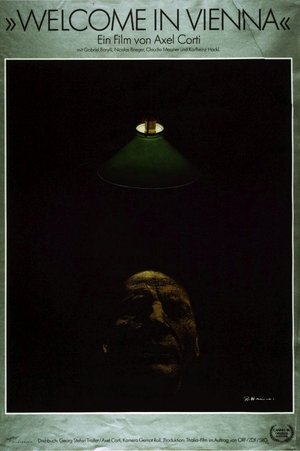 6.4
6.4Welcome in Vienna(de)
Freddy, a Viennese Jew who emigrated to New York after Hitler's invasion, and Adler, a left-wing intellectual originally from Berlin, return to Austria in 1944 as soldiers in the U.S. Army. Freddy falls in love with the daughter of a Nazi, and Adler attempts to go over to the Communist Zone. But with the advent of the Cold War and continuing anti-semitism, the idealism of both characters is shattered as they find themselves surrounded by cynicism, opportunism, and universal self-deception.
 8.3
8.3GCW Fight Club 2022 Night 2(en)
Fight Club was a two-day professional wrestling pay-per-view (PPV) event promoted by Game Changer Wrestling (GCW) that was held on October 8 and 9, 2022. Both nights of the event were held in Atlantic City, New Jersey; night 1 of the event took place at the Garden Pier at the Showboat while night 2 was held inside Showboat Hotel itself. The event aired on PPV via the FITE TV service.
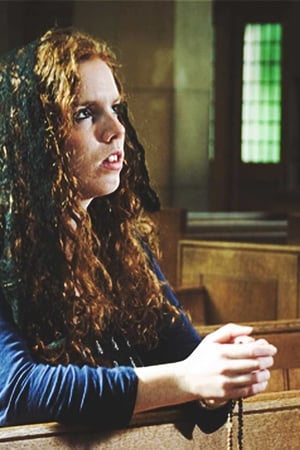 5.0
5.0Young Nuns(en)
Follows two young women as they decide to leave behind ordinary life and start their journey to becoming nuns.
 5.5
5.5Every Dog's Guide to Complete Home Safety(en)
This hilarious short animation offers over 40 safety tips for homes with infants and young children. The film's hero is a very earnest, somewhat pompous, but endearing dog called Wally. A "professional" in home safety, Wally is assigned to a house with an infant whose parents have little safety consciousness. Accidents and near-accidents succeed each other with lightning speed, constantly putting Wally to the test.
 6.0
6.0Magic on a Stick(en)
This MGM Passing Parade series short recounts how English chemist John Walker invented the wooden friction match during the 1820s.
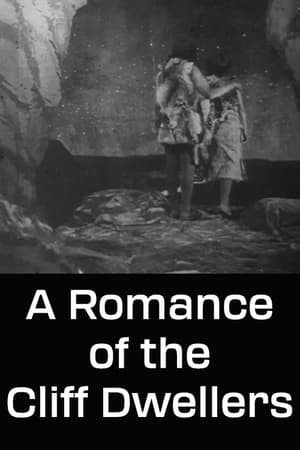 6.0
6.0A Romance of the Cliff Dwellers(en)
The story itself deals with the primitive instinct of mankind; to desire was to take at strength of arms, and thus one of the chiefs chose for his own a maiden fair who was loved in turn by a young brave, and whose admiration she returned. But like unto the dark ages, whenever a man desired a maid he took her with or without her leave. Thus far did the chief go, but her lover decides to match his strength of arms for so fair a bride, and they fight upon the cliff's edge. But here the maid takes up the bow of fate and sends an arrow into the heart of her captor. Thus the two forest lovers are united, but a life for a life is the law of their race and the lover is brought to the council chamber and tried before his kinsmen. To shield the woman he loves he remains silent.
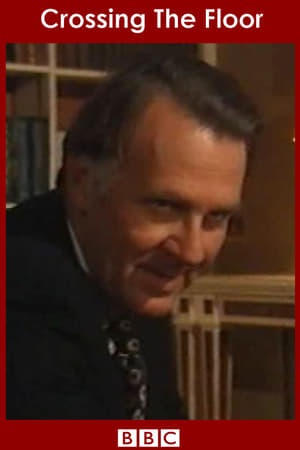 6.7
6.7Crossing the Floor(en)
Political satire closely mirroring real-life British politics of the time - a self-serving Conservative minister "crosses the floor" to join the opposition Labour Party, at a time when the Conservative Party has a majority in Parliament of just one seat. Sequel to A Very Open Prison.
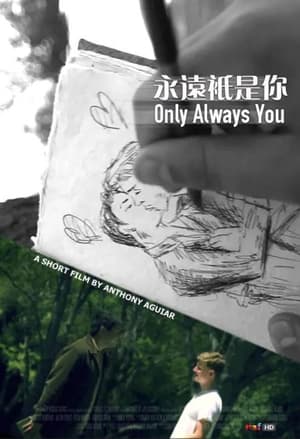 4.0
4.0Only Always You(en)
In this short gay film, a young man spends his time drawing sketches and daydreaming of a life he wishes to have.
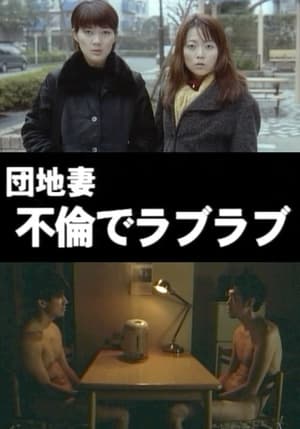 2.5
2.5Apartment Wife: Adulterous Love(ja)
Two wives who leave their husbands behind and go on a hot spring trip, and two husbands who play homosexual games because it's not fair for them to be the only ones enjoying it. In contrast to the wives, who warm each other's bodies with hot water and lesbian play, the husbands cool each other's bodies by facing each other naked on a dark table with a bottle of sugar. There is another couple in danger of getting married because their parents disapprove of their relationship, but these two also change their mind, saying that marriage is between them. The story focuses on the liberation and change of consciousness of these three couples, who audaciously kiss on the street to get warm, and rethink their love and freedom.
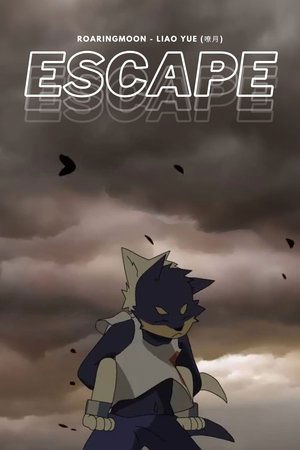 6.0
6.0Escape(zh)
"In order to Protect their lover..." 2 anthropomorphic dogs are hunted in an apocalyptic world, and together they will try to survive.
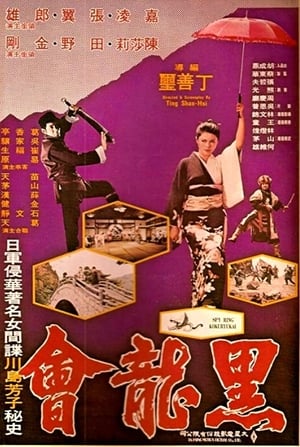 6.0
6.0Spy Ring Kokuryukai(zh)
Lady Karate focuses on Yoshiko's mission to persuade China's la emperor, Puyi to leave his comfortable existence in Tientsin and journey back to Manchuria to be the figurehead ruler of Manchukuo under the direction of the Japanese occupiers. She has ten days to finish the job or she'll be obligated to commit hara-kiri at the end of it. She also has enemies among the Japanese military who want to maintain control over Pu Yi themselves.
The Producer’s Office(en)
A writer can't get past a producers outrageous suggestions for her new project
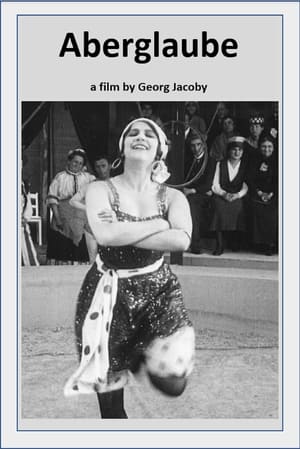 5.0
5.0Superstition(en)
In a circus, visitor who has just fallen for the “gypsy” dancer Militza is stabbed by a jealous clown, Bajazzo. Militza escapes to the country village of Marienhagen, finding shelter in the house of a local Catholic priest. The priest also falls for Militza. When he is subsequently struck dead by a bolt of lightning one evening during Mass, his mother blames Militza and has her cast out of the village. Militza joins a theatrical troupe whose married leader is disappointed with the general lack of artistic talent and begs Militza to leave with him. Militza refuses, and instead flees on her own. Onboard a ship, she is surprised to encounter the leader of the troupe again. The ship sinks, he dies. She is rescued by a nobleman who takes her to his country estate. Here she finds peace and true love. When the dead priest’s vengeful mother learns that Militza is alive, she kindles fear and superstition among the villagers, who stone Militza to death.
Similar Movies
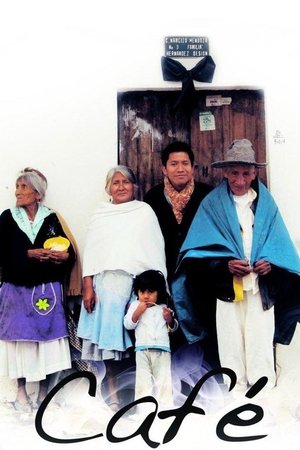 5.0
5.0Café(es)
In the town of San Miguel Tzinacapan, in Puebla’s Nahua Mountain Range, a family lost its father. His absence transforms the lives of those who were so deeply connected to him. Tere, now in charge of the family, must make money by selling crafts. Jorge is about to finish school and will soon have to choose his own path. Chayo, 16, must make an important decision. A year has passed, and the members of the family have been able to redefine themselves, finding their own destiny while always venerating their father’s memory.
Yellowtail(en)
Yellowtail is the story of a young Native American cowboy searching for meaning as his chaotic lifestyle begins to wear on him both physically and mentally. To find his purpose the young man has to reflect on his upbringing as a native to become the spiritually connect man he was meant to be.
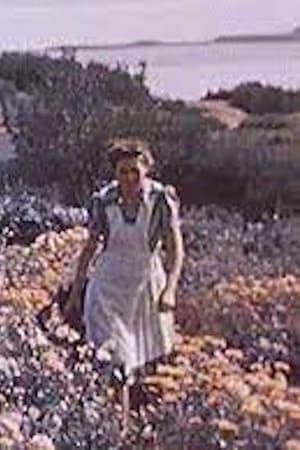 0.0
0.0Alexis Tremblay: Habitant(en)
This short documentary illustrates rural French Canadian life in the early 1940s. The film follows Alexis Tremblay and his family through the busy autumn days as they bring in the harvest and help with bread baking and soap making. Winter sees the children revelling in outdoor sports while the women are busy with their weaving, and, with the coming of spring young and old alike repair to the fields once more to plough the earth in preparation for another season of varied crops. One of the first NFB films to be produced, directed, written and shot by women.
 9.5
9.5When the Mountains Tremble(es)
A documentary on the war between the Guatemalan military and the Mayan population, with first hand accounts by Nobel Peace Prize winner Rigoberta Menchú.
 0.0
0.0Territoires, alliances et autres métissages(fr)
By retracing the mixed heritage of First Nations peoples and Quebecers, painting a modern portrait, and sketching a human geography, this film helps us (re)discover the beauty and strength of our common territory: the Americas.
 0.0
0.0Highway of Tears(nl)
Discover the endless highway in British Columbia where over 40 indigenous women and girls (by unofficial estimates) have disappeared since the 1970s.
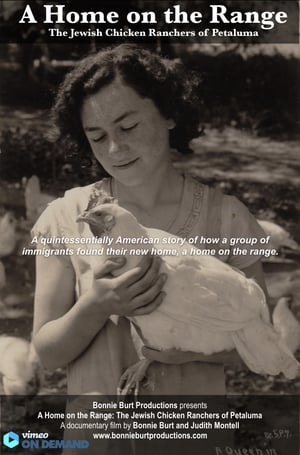 8.0
8.0A Home on the Range: The Jewish Chicken Ranchers of Petaluma(en)
"A Home On The Range" tells the little-known story of Jews who fled the pogroms and hardships of Eastern Europe and traveled to California to become chicken ranchers. Even in the sweatshops of New York they heard about Petaluma where the Jews were not the shopkeepers and the professionals, they were the farmers. Meet this fractious, idealistic, intrepid group of Eastern European Jews and their descendants as they confront obstacles of language and culture on their journey towards becoming Americans. Jack London, California vigilantes, McCarthyism, the Cold War and agribusiness all come to life in this quintessentially American story of how a group of immigrants found their new home, a home on the range.
 0.0
0.0The Spirit of the Tsilqot'in People is Hovering over the Supreme Court(en)
The Tŝilhqot’in Nation is represented by six communities in the stunningly beautiful interior of British Columbia. Surrounded by mountains and rivers, the Tŝilhqot’in People have cared for this territory for millennia. With increasing external pressures from natural-resource extraction companies, the communities mobilized in the early 21st century to assert their rightful title to their lands. Following a decision by the Supreme Court of British Columbia in 2007 that only partially acknowledged their claim, the Tŝilhqot’in Nation’s plight was heard in the Supreme Court of Canada. In a historic decision in 2014, the country’s highest court ruled what the Tŝilhqot’in have long asserted: that they alone have full title to their homelands.
 0.0
0.0The Sacred Sundance: The Transfer of a Ceremony(en)
This feature-length documentary chronicles the Sundance ceremony brought to Eastern Canada by William Nevin of the Elsipogtog First Nation of the Mi'kmaq. Nevin learned from Elder Keith Chiefmoon of the Blackfoot Confederacy in Alberta. Under the July sky, participants in the Sundance ceremony go four days without food or water. Then they will pierce the flesh of their chests in an offering to the Creator. This event marks a transmission of culture and a link to the warrior traditions of the past.
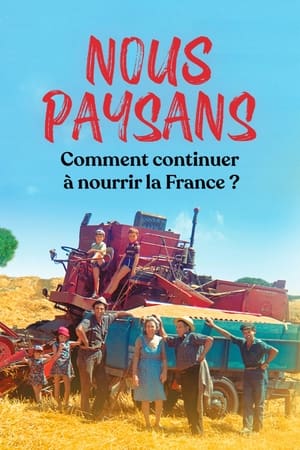 7.8
7.8Nous paysans(fr)
In barely a century, French peasants have seen their world profoundly turned upside down. While they once made up the vast majority of the country, today they are only a tiny minority and are faced with an immense challenge: to continue to feed France. From the figure of the simple tenant farmer described by Emile Guillaumin at the beginning of the 20th century to the heavy toll paid by peasants during the Great War, from the beginnings of mechanization in the inter-war period to the ambivalent figure of the peasant under the Occupation, From the unbridled race to industrialization in post-war France to the realization that it is now necessary to rethink the agricultural model and invent the agriculture of tomorrow, the film looks back at the long march of French peasants.
 8.0
8.0Fall Of The Maya Kings(en)
One of the great mysteries of history is how the ancient Maya built such an incredible society in a tropical rainforest over two thousand years - and then vanished. How? Why? New discoveries and new science can now tell the story.
Sabino Vive: Las últimas fronteras.(es)
The documentary recreates the facts in the life of the Yukpa Chief, Sabino Romero, an indigenous fighter killed on March 3, 2013, in the Chaktapa community of the Sierra de Perija in Zulia state, Venezuela. The film reflects the infinite struggle of Sabino and his people, accompanied by the social groups, in this story of truly libertarian images made with blood and fire, revealing the skein of interests that forged and carried out Sabino's murder, and the attitude Inhuman and murderous of those who made it another victim of history.
 0.0
0.0Through the Repellent Fence: A Land Art Film(en)
The film follows Postcommodity, an interdisciplinary arts collective comprised of Raven Chacon, Cristóbal Martinez and Kade L. Twist, who put land art in a tribal context. The group bring together a community to construct the Repellent Fence, a two-mile long ephemeral monument “stitching” together the US and Mexico.
 6.5
6.5Is the Crown at war with us?(en)
In the summer of 2000, federal fishery officers appeared to wage war on the Mi'gmaq fishermen of Burnt Church, New Brunswick. Why would officials of the Canadian government attack citizens for exercising rights that had been affirmed by the highest court in the land? Alanis Obomsawin casts her nets into history to provide a context for the events on Miramichi Bay.
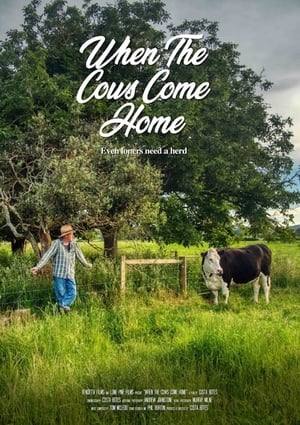 0.0
0.0When the Cows Come Home(en)
When the Cows Come Home introduces audiences to Tilly and Maggie, a pair of cows that musician, journalist, artist and cow whisperer, Andrew Johnstone has befriended and subsequently saved from slaughter. The garrulous herdsman is enthusiastic to expound his views on animal husbandry, bovine communication and the vagaries of life in general, before the film walks us back through the events that have shaped the singular farmer-philosopher. From personal family tragedy to warring with Catholic school authorities, innovating in Hamilton’s nascent music scene to creating guerrilla art installations; Johnstone’s life has had a truly idiosyncratic trajectory. Mental health issues may have seen him retreat to life on the farm, but the film makes clear its subject’s restless inquisitiveness is far from being put out to pasture.
 9.0
9.0Forests(fr)
In a dark, ambiguous environment, minuscule particles drift slowly before the lens. The image focuses to reveal spruce trees and tall pines, while Innu voices tell us the story of this territory, this flooded forest. Muffled percussive sounds gradually become louder, suggesting the presence of a hydroelectric dam. The submerged trees gradually transform into firebrands as whispers bring back the stories of this forest.
 0.0
0.0Ninan Auassat: We, the Children(fr)
Known for her intimate films, director Kim O’Bomsawin (Call Me Human) invites viewers into the lives of Indigenous youth in this absorbing new documentary. Shot over six years, the film brings us the moving stories, dreams, and experiences of three groups of children and teens from different Indigenous nations: Atikamekw, Eeyou Cree, and Innu. In following these young people through the formative years of their childhood and right through their high school years, we witness their daily lives, their ideas, and aspirations for themselves and their communities, as well as some of the challenges they face.
 5.0
5.0First Daughter and the Black Snake(en)
The “Prophecy of the 7th Fire” says a “black snake” will bring destruction to the earth. For Winona LaDuke, the “black snake” is oil trains and pipelines. When she learns that Canadian-owned Enbridge plans to route a new pipeline through her tribe’s 1855 Treaty land, she and her community spring into action to save the sacred wild rice lakes and preserve their traditional indigenous way of life. Launching an annual spiritual horse ride along the proposed pipeline route, speaking at community meetings and regulatory hearings. Winona testifies that the pipeline route follows one of historical and present-day trauma. The tribe participates in the pipeline permitting process, asserting their treaty rights to protect their natural resources. LaDuke joins with her tribe and others to demand that the pipelines’ impact on tribal people’s resources be considered in the permitting process.


